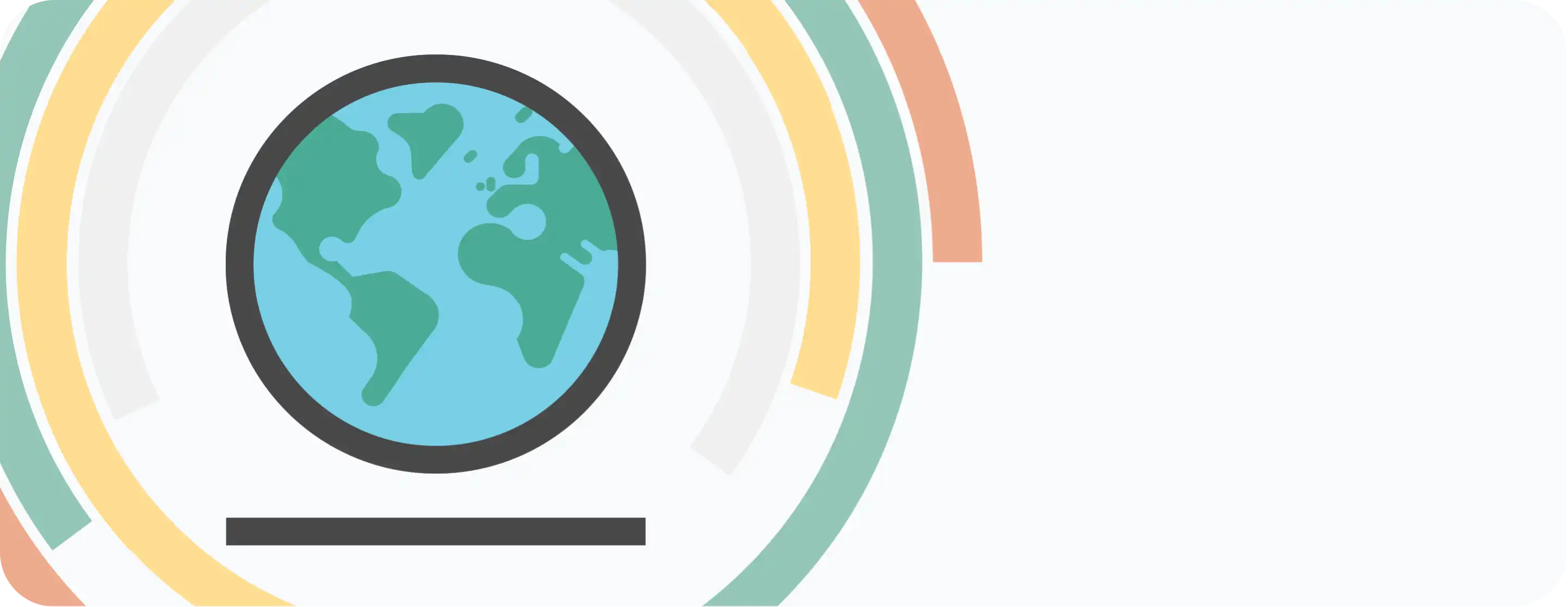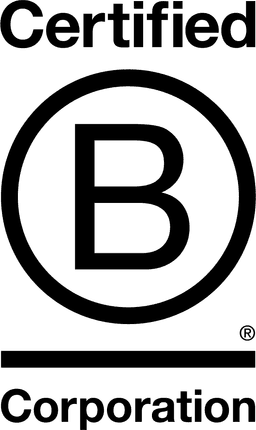

Teachers Mutual Bank Limited

New South Wales, Australia
January 2022
Deposit bank - Developed Markets
Service with Minor Environmental Footprint
Australia
Our purpose is providing banking for good, for those who do good. Teachers Mutual Bank Limited (the Bank), one of Australia’s largest customer-owned banks, with total assets of more than $11 billion helping almost a quarter of a million Australians working in the professions of health, education, and emergency services. Collectively, the people working in these industries support and strengthen our communities and our nation. We are profit for purpose As a mutual bank, we have a different structure to Australia’s major banks. We are 100% owned by our members, meaning instead of profits being distributed to shareholders and investors through dividends, our profits are reinvested to benefit our members and communities. We focus on people, planet and profit, aiming to deliver the best outcomes for customers. For us it’s built in, not bolted on. We serve Australians working in education, emergency services, health care and universities through four divisions: Teachers Mutual Bank, Health Professionals Bank, Firefighters Mutual Bank, UniBank; brand divisions are not separate entities to TMBL.
Overall B Impact Score
Governance 23.5
Governance evaluates a company's overall mission, engagement around its social/environmental impact, ethics, and transparency. This section also evaluates the ability of a company to protect their mission and formally consider stakeholders in decision making through their corporate structure (e.g. benefit corporation) or corporate governing documents.
What is this? A company with an Impact Business Model is intentionally designed to create a specific positive outcome for one of its stakeholders - such as workers, community, environment, or customers.
Workers 34.1
Workers evaluates a company’s contributions to its employees’ financial security, health & safety, wellness, career development, and engagement & satisfaction. In addition, this section recognizes business models designed to benefit workers, such as companies that are at least 40% owned by non-executive employees and those that have workforce development programs to support individuals with barriers to employment.
Community 29.0
Community evaluates a company’s engagement with and impact on the communities in which it operates, hires from, and sources from. Topics include diversity, equity & inclusion, economic impact, civic engagement, charitable giving, and supply chain management. In addition, this section recognizes business models that are designed to address specific community-oriented problems, such as poverty alleviation through fair trade sourcing or distribution via microenterprises, producer cooperative models, locally focused economic development, and formal charitable giving commitments.
Environment 15.2
Environment evaluates a company’s overall environmental management practices as well as its impact on the air, climate, water, land, and biodiversity. This includes the direct impact of a company’s operations and, when applicable its supply chain and distribution channels. This section also recognizes companies with environmentally innovative production processes and those that sell products or services that have a positive environmental impact. Some examples might include products and services that create renewable energy, reduce consumption or waste, conserve land or wildlife, provide less toxic alternatives to the market, or educate people about environmental problems.
What is this? A company with an Impact Business Model is intentionally designed to create a specific positive outcome for one of its stakeholders - such as workers, community, environment, or customers.
Customers 18.5
Customers evaluates a company’s stewardship of its customers through the quality of its products and services, ethical marketing, data privacy and security, and feedback channels. In addition, this section recognizes products or services that are designed to address a particular social problem for or through its customers, such as health or educational products, arts & media products, serving underserved customers/clients, and services that improve the social impact of other businesses or organizations.
What is this? A company with an Impact Business Model is intentionally designed to create a specific positive outcome for one of its stakeholders - such as workers, community, environment, or customers.